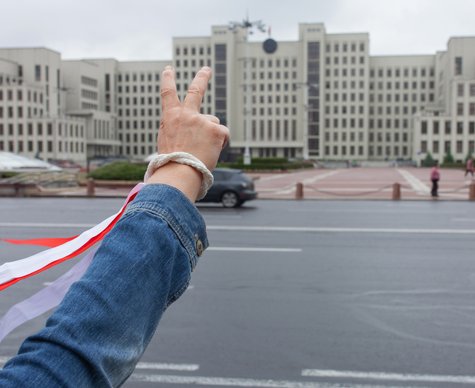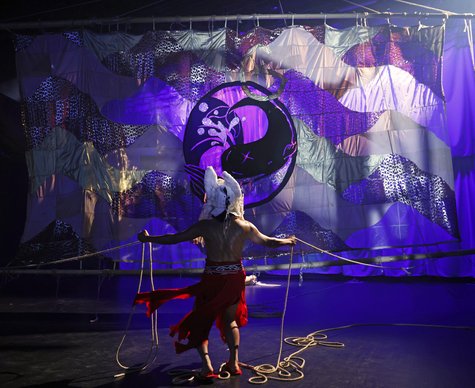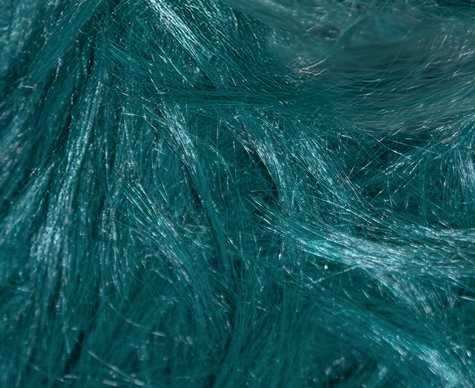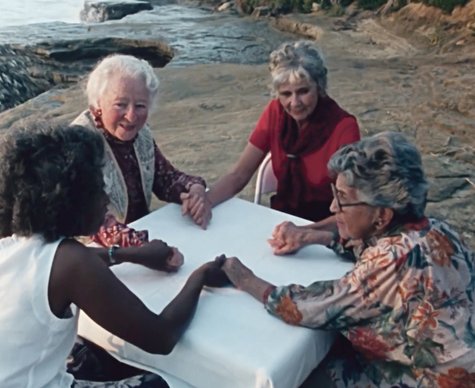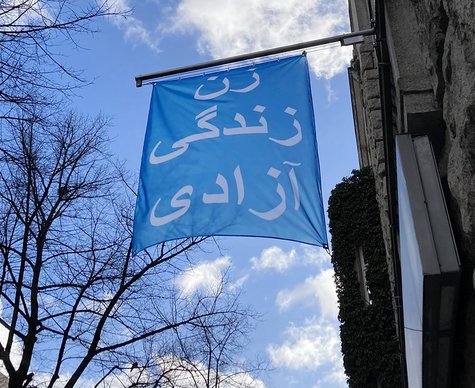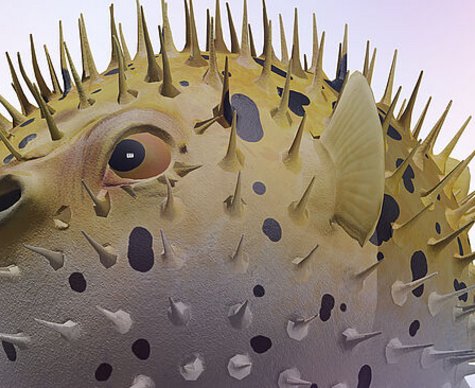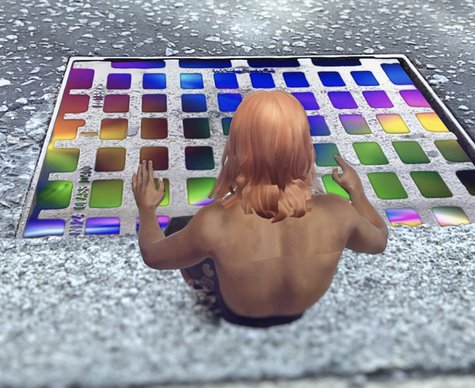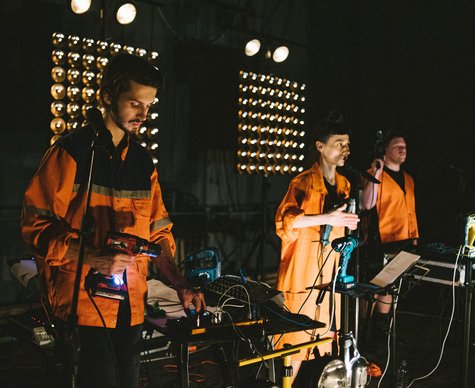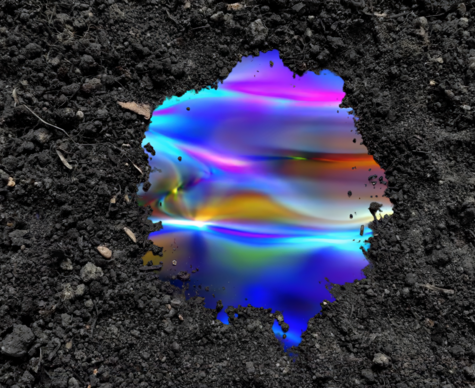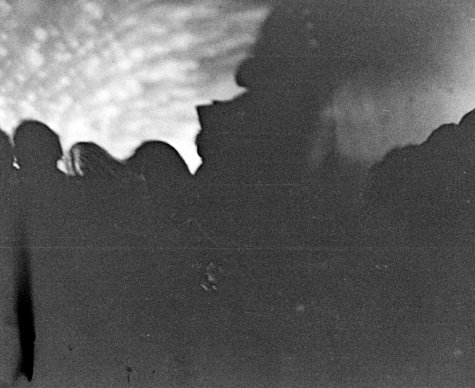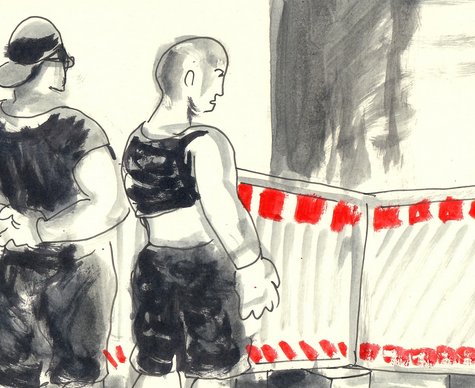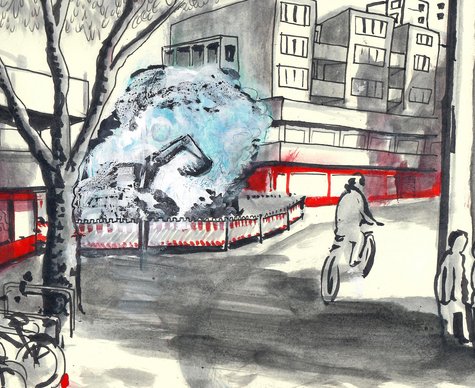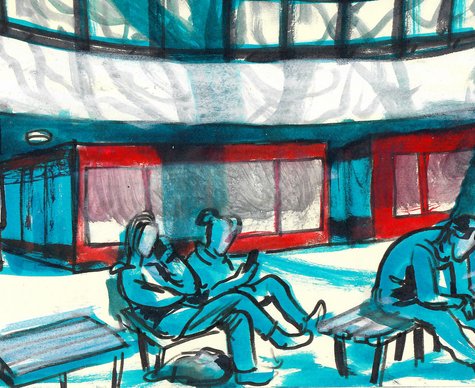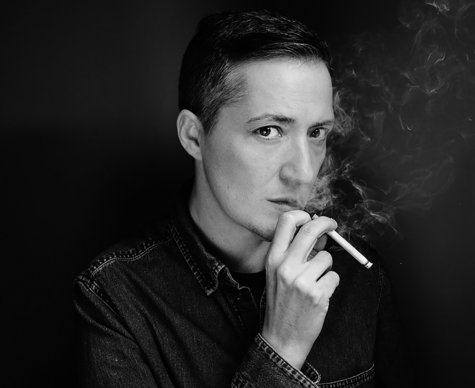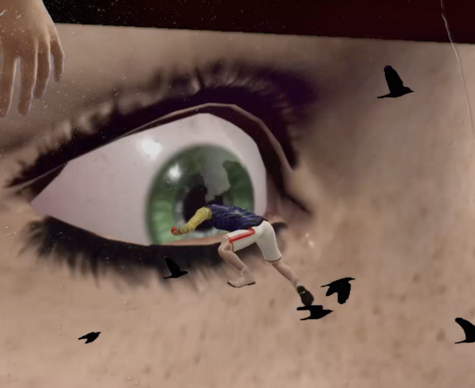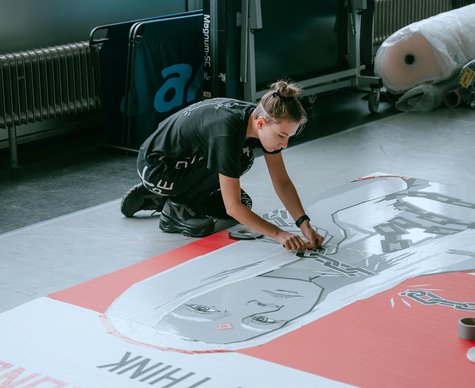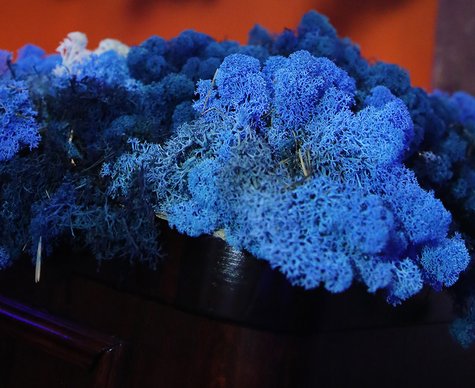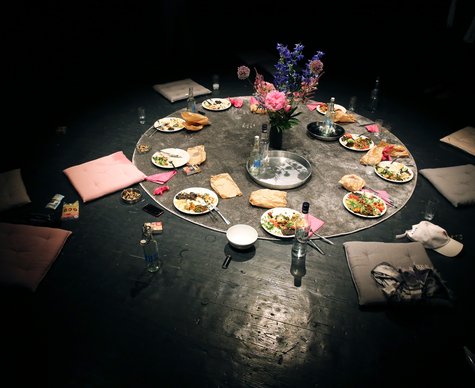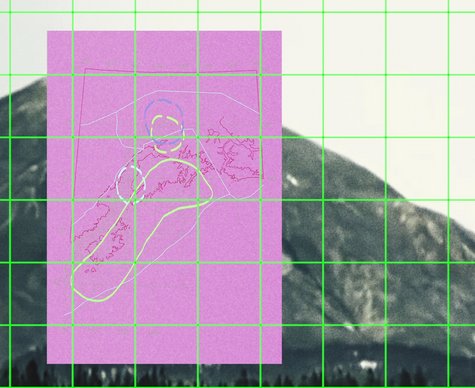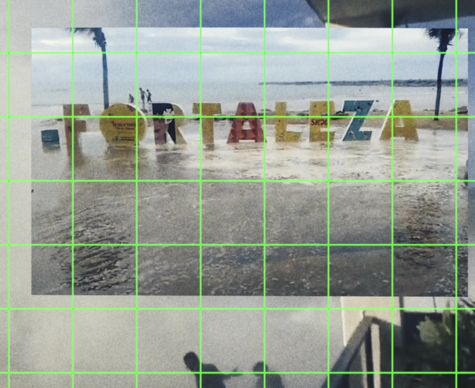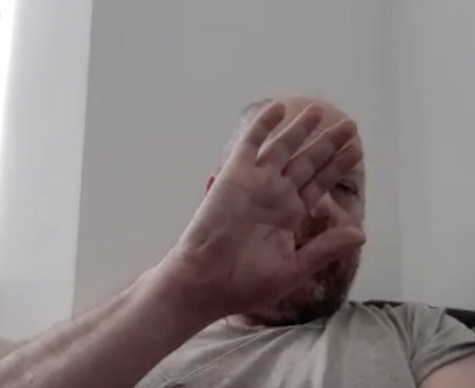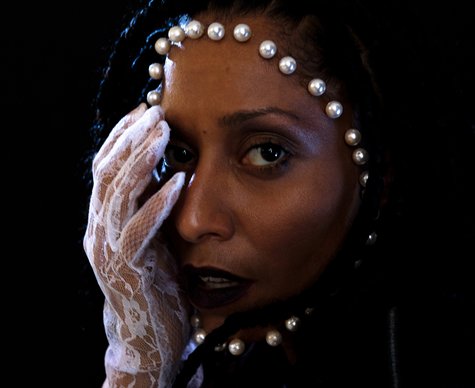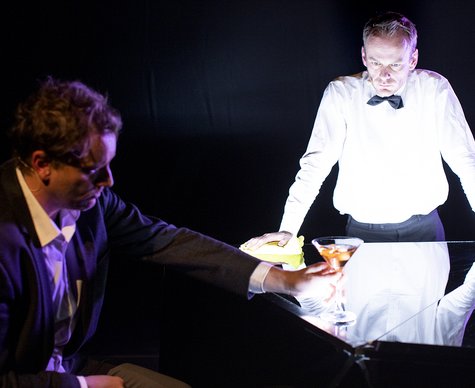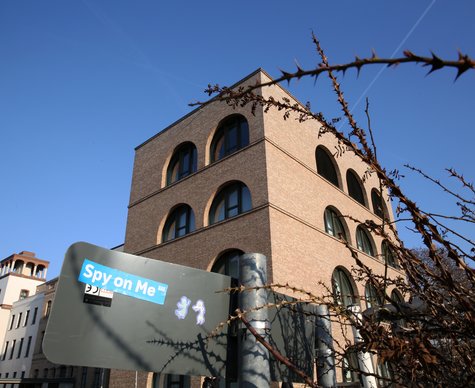Fågelle & Beate Kunath / Laurie Schwartz, Evelyn Saylor / Claudia Robles-Angel / StratoFyzika / Gudrun Gut
Part of “Heroines of Sound Festival“
- Film
- Music
- Performance
Fågelle & Beate Kunath (Performance & Visuals)
Laurie Schwartz, Evelyn Saylor: Hommage to the Electronic-Art-Pioneer Mary Ellen Bute (Experimental film & Elektronic Musik)
Claudia Robles-Angel: “Skin II” (Performance)
StratoFyzika (Hen Lovely Bird, Lenka Kocisova, Alessandra Leone): “Kumerang Gloomerang BewegungLichterKlang” (Performance)
Gudrun Gut: “Moment” (Performance) / Premiere
For the opening of the festival, Claudia Robles-Angel will present her performance Skin II, which measures the galvanic skin response and the moisture of the performer’s skin to control the music. In the first part of the homage to experimental filmmaker Mary Ellen Bute, two specially commissioned compositions by Laurie Schwartz and Evelyn Saylor forming soundtracks to Bute’s films will be premiered. Under the name Fågelle Swedish artist Klara Andersson, visually supported by the filmmaker and video artist Beate Kunath, combines performative sound art, noise and singing while exploring encounters of art and pop, music and poetry, grating sounds and big emotions in its soundscapes. The performance "Kumerang Gloomerang BewegungLichterKlang" by StratoFyzika melds music with video and light. The evening’s last highlight is the performance by Berlin activist and musician Gudrun Gut, founding member of legendary bands such as Mania D., Einstürzende Neubauten, Malaria! and Matador. On 7 December 2018, her new solo album Moment will be released, from which she will perform pieces at the festival’s opening night.
Claudia Robles-Angel
Skin II (2014)
Performance for GSR (galvanic skin response) & video
Skin II is an performance in which the artist interacts with sounds and images. The performance is based on the galvanic skin response (GHR), which serves as an indicator for mental or physical states of excitement such as stress or relaxation: During the performance, the artist controls the audio-visual process via measurements of the moisture of her skin. Skin II is an exploration of metamorphosis, inspired by natural moulting processes. The new version of the piece, an extended version of the original from 2014, uses new sound elements and, above all, algorithmic sound processing to create more complex soundscapes. As in the earlier version, the footage of the performance is based on microscopic images of the artist’s skin filmed in real-time during the performance, and the sounds change according to the artist’s emotional state, which is determined by the moisture levels of her skin.
Homage to Mary Ellen Bute I (1906-1983)
Mary Ellen Bute, Melville Webber and Ted Nemeth
Rhythm in Light (b/w, 5 min, 1934)
Music: Edvard Grieg
The subtitles announce modern artistic impressions that demonstrate what happens to our imagination when listening to music. In her first film, Bute collaborated with Melville Webber, who used his experience in modelling paper and cardboard models, filmed through polished glass mirrors or ashtrays, to create multiple, parallel reflections of a shape. Anitra’s Dance from Grieg’s Peer Gynt suite accompanies images of everyday objects and abstract shapes. Sometimes as if through a kaleidoscope, sometime as if animated, rings, pyramids, musical notes as well as fluid light movements appear on the screen.
Mary Ellen Bute
Parabola (b/w, 9 min, 1937)
Original music: Darius Milhaud
Music: Laurie Schwartz (world premiere),
commissioned by Heroines of Sound
An unusually long film at 9 minutes, its music comes from Darius Milhaud’s La Creation du Monde and alternates between slow, very atmospheric passages and lively, jazzy moments. As often with Bute, this film is dominated by fluid shapes. Rutherford Boyd’s sculptures of parabolic shapes, which he also referred to as parabola, inspired the small models and figures assembled from curved rods rotating on a disc.
Laurie Schwartz studied music and composition in Massachusetts and New York as well as theatre studies and journalism in Berlin. Since 1985, she has been working as a freelance journalist, producer and composer. Her latest compositions deal with electronic amplification and extension of instruments or voice. To intensify the dialogue between recipients of visual and audio-acoustic arts, since 2015 she has curated the Berlin concert series itinerant interludes, which, at events in galleries, art associations and project spaces, presents solo and ensemble interventions of contemporary music relating to the artworks on-site.
Mary Ellen Bute
Tarantella (colour, 5 min, 1940)
Music: Edwin Gerschefski
In the film Tarantella, strong reds and blues convey a light-hearted mood while syncopated spirals, expanding and contracting circles, squiggles, flourishes, jagged lines and dynamic colour fields dance to Gerschefski’s modern beat – mostly exuberantly, sometimes more placidly. In this film, Bute shows herself as an artist of kinetic abstraction, whose ensemble of visual shapes unfolds according to the rhythmic structures of the music.
Mary Ellen Bute
Synchromy No. 2 (b/w, 5 min, 1935)
Original music: Richard Wagner
Music: Evelyn Saylor (world premiere),
commissioned by Heroines of Sound
Synchromy No. 2 from Bute’s Seeing Sounds series is neither a real animation nor clearly abstract in the sense of Oskar Fischinger’s films. Synchronized to the Evening Star aria from Wagner’s Tannhäuser, it is characterized by reflections of light from polished glass screens, as well as a variety of things to see, such as crisscrossing stairs, Gothic arches, flowers etc.
Fågelle
en natt i december man går aldrig ut
Klara Andersson: electronics, vocals; Beate Kunath: video
In the music of Fågelle, layers of noise and fragile sound structures meet pop melodies. With her sophisticated combination of pedals, synthesizers and samplers, she delves into sounds and textures, which she plays and experiments with until the result is an irresistible, poetic song. Fågelle sees herself in a field between sound art and pop, which opens up a surprising scope for her and creates riddles because she cannot be pigeonholed into any specific scene. The Swedish lyrics of her songs observe our times from a micro and macro-perspective, they are about experiences of power and the lack of power. Her music has been described as a “soft slap in the face”.
StratoFyzika
Kummerang Gloomerang BewegungLichterKlang (2018)
After a poem by Dagmara Kraus
StratoFyzika: Hen Lovely Bird (dance), Lenka Kocisova (music), Alessandra Leone (light/stage)
The artists of StratoFyzika approach the poem Kummerang by Polish poet Dagmara Kraus through the media of dance, light and music. Based on concepts of psycholinguistics, intonation and speech melody, they explore the poem in sound and graphics, following its tracks through light and sound. People of different languages read the text in their accents, then the recordings of these recitals are edited and transformed. Sound and graphic form direct the audience’s attention. Movements are depicted in the form of a map, transferred into the physical space, interpreting the mood and the dialogue between words and body. The light dances with and against the body, acts as the flow and the rhythm of the poetry.
Gudrun Gut
Moment (premiere of the new solo album)
Solo performance: voice, electronics
On the night before its release, Gudrun Gut presents songs from her new album.
With her new solo album Moment, which will be released on 7 December, Berlin musician Gudrun Gut condenses her convictions and obsessions into fourteen pieces of music and into an irresistible confession: stark, sombre, sensual and artful, her music combines ballad and lament, synth pop and rap, hymn and abstraction. Her past as a key figure of the Neue Deutsche Welle is still present in the mechanical rhythms and expressive coolness of her music, but her sense for composition and melody has benefitted from decades of experience with improvisation and collaboration. With mysterious, suggestive shades of motoric hypnosis, a technoid laboratory, of coldwave pop, of a fine gauze structure of interference, yes, also with the gender swap of a Bowie cover song (Boys Keep Swinging), she comes up with complex, eclectic sound structures, then to bring into play the depth and richness of her voice, which, in an aloof but enticing way, in German and English language, makes blunt truths appear like poetry. As an extraordinarily creative artist, Gudrun Gut devotes her music to the complexity of the sounds alone. (Britt Brown)
Note: At the performance of StratoFyzika the light of a stroboscope will be in use.
Dates
Credits
Production. Heroines of Sound Festival. Coproduction: HAU Hebbel am Ufer. Funded by Berlin Senate Department for Culture and Europe, the Federal Government Commissioner for Culture and the Media, Musikfonds e.V., Musicboard GmbH Berlin, Initiative für Neue Musik e.V., Mariann Steegmann Foundation.
![[Translate to EN:]](/fileadmin/Hau/_processed_/3/d/csm_Beauftragte_der_Bundesregierung_fu__r_Kultur_und_Medien_Logo_45d31b5c73.png)
![[Translate to EN:]](/fileadmin/Hau/_processed_/8/0/csm_Senatsverwaltung_fuer_Kultur_und_Europa_Logo_3712040a3e.png)
![[Translate to EN:]](/fileadmin/Hau/_processed_/5/2/csm_musikfonds_web_black_78faee3d15.jpg)
![[Translate to EN:]](/fileadmin/Hau/_processed_/3/d/csm_Musicboard_Logo_6041effe52.jpg)
Location
HAU2
Hallesches Ufer 34, 10963 BerlinThere are two marked parking spots in front of the building. Barrier-free restroom facilities are available. Four relaxed seats are available in the first row of HAU2. Tickets for wheelchair users and accompanying persons can also be booked via the ticketing system. If you need help, please contact our Ticketing & Service team at +49 (0)30 259004-27 or send us an email to
tickets@hebbel-am-ufer.de.
Travelling to HAU2 via U Hallesches Tor:
If you are coming from Hallesches Tor underground station, you will have to use an alternative footpath from Wilhelmstraße / Hallesches Ufer junction, which is separated from the carriageway by a construction fence – the actual footpath is currently closed. Please note: the alternative route is also used by cyclists. Pedestrians should keep to the right. We therefore currently recommend that visually impaired or blind visitors come to the HAU with an accompanying person.
Arrival HAU2 via U Möckernbrücke:
When you leave Möckernbrücke underground station, please stay on the footpath on the canal side until you reach Hallesches Ufer / Großbeerenstraße junction – the opposite side is currently closed due to construction work.





















